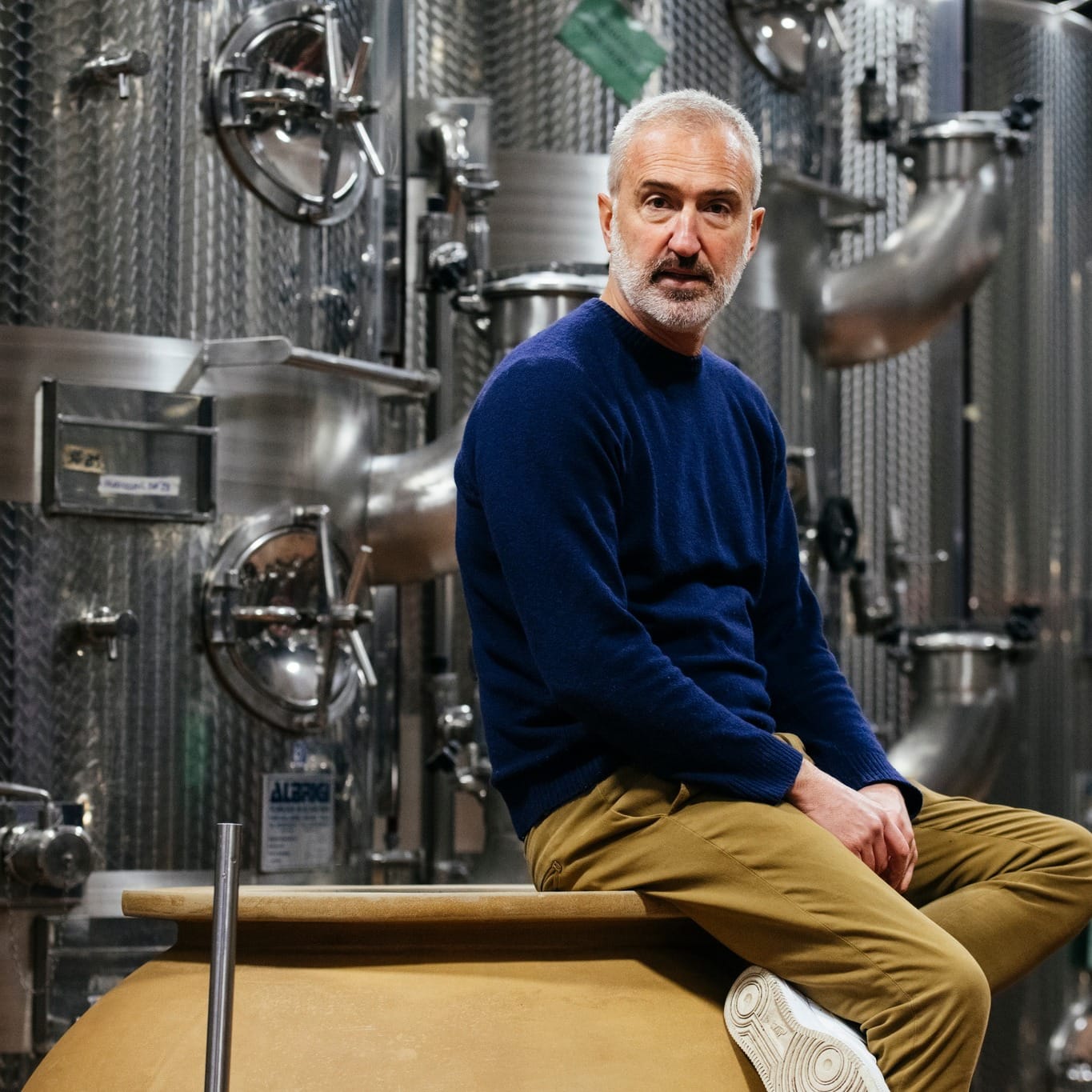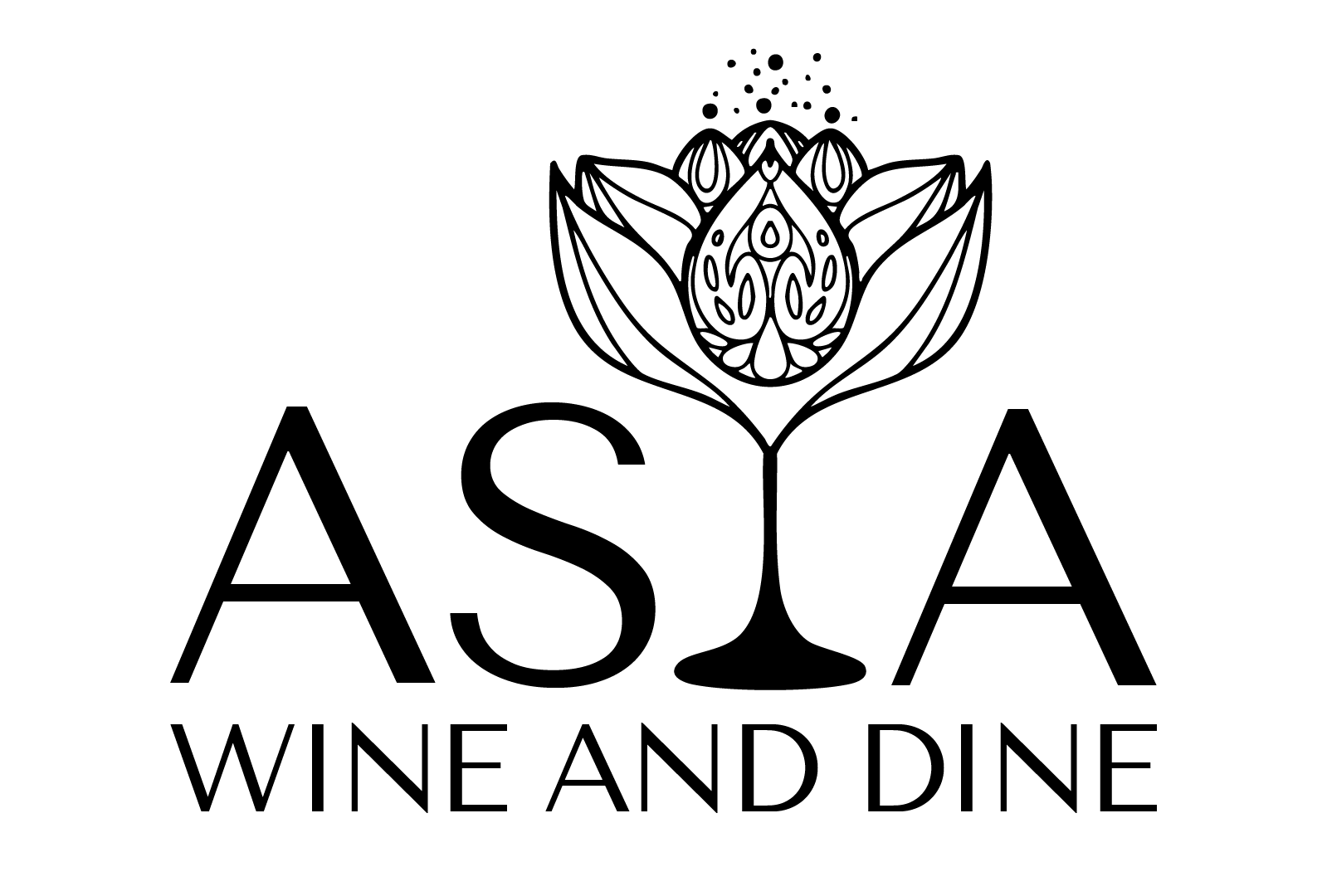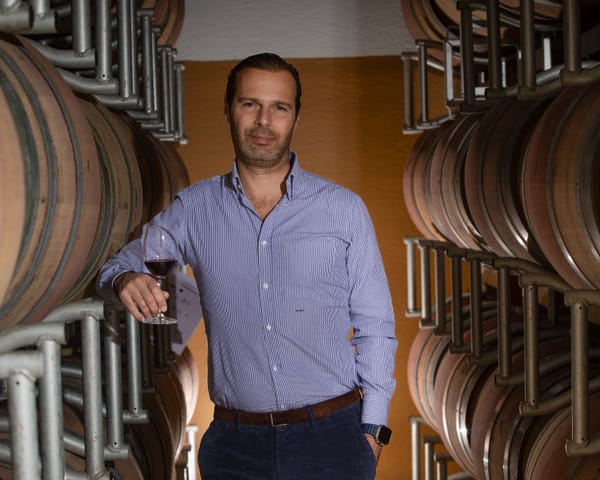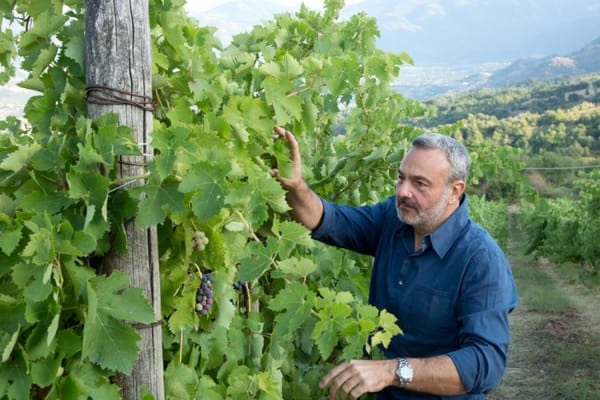Asian Wine Market Trends: Recovery and Shifting Preferences in 2024
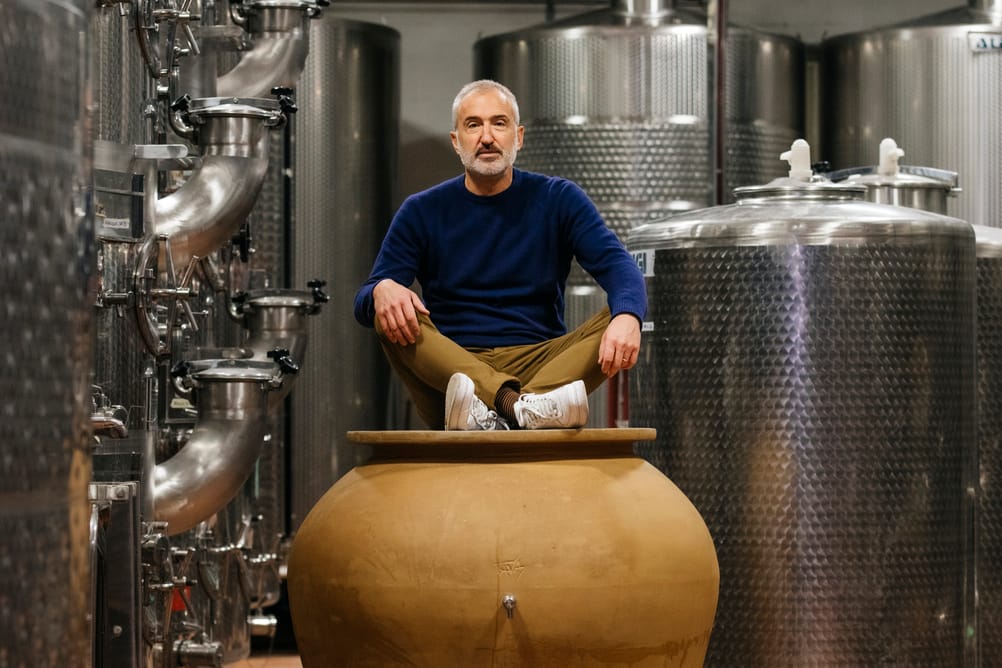
Exploring the Slow Rebound and Emerging Opportunities for Italian Wines in South Korea, China, and Japan
Cantina Buglioni, owned by Mariano Buglioni, is a prominent winery located in the heart of Valpolicella, Italy. The estate spans over 60 hectares between Valpolicella and Lake Garda. In the 1990s, Alfredo Buglioni and his son Mariano shifted from the family’s historic fashion business to wine production, creating 12 unique wine labels that showcase the distinctiveness of Valpolicella in a modern way. The winery combines ancient aging processes, such as cement and amphora, with contemporary winemaking methods. Since 2019, the winery has been fully organic.
How Has the Asian Market Evolved in 2024?
The Asian market has experienced a slow recovery post-Covid, with only recent signs of improvement starting in early 2025. While recovery is still in its early stages, countries such as South Korea, China, and Japan show signs of revival, although the progress remains gradual. Although we are not yet back to pre-Covid levels, the market currently represents about 5-10% of our total sales. Changes in importers are taking place, but it’s still uncertain whether the market will experience significant growth or stabilize at lower levels than seen before 2019. At this stage, we are focused on understanding the market dynamics and exploring opportunities while carefully selecting the right importers.
What Are the Most Established Markets and Which Products Are Popular?
We have shifted from Amarone della Valpolicella, which used to be our most important product in the Asian markets, to Ripasso della Valpolicella. We are also observing a significant rise in the demand for white wines, a trend that is gaining momentum worldwide. For us, Lugana is performing exceptionally well, Ripasso is also showing positive results, while Amarone is experiencing a slight decline. These two wines (Ripasso and Amarone) remain the most profitable in terms of margin.
Investment in the Asian Market: Focus on Strategic Promotion
In terms of energy and promotional investments, we are still in a phase of exploration. After the slowdowns of the post-Covid era, we are now taking a cautious approach by evaluating the right importers and their potential in driving sustainable growth. We are waiting to better understand the evolving dynamics of the Asian wine market before making significant energy and financial commitments.
